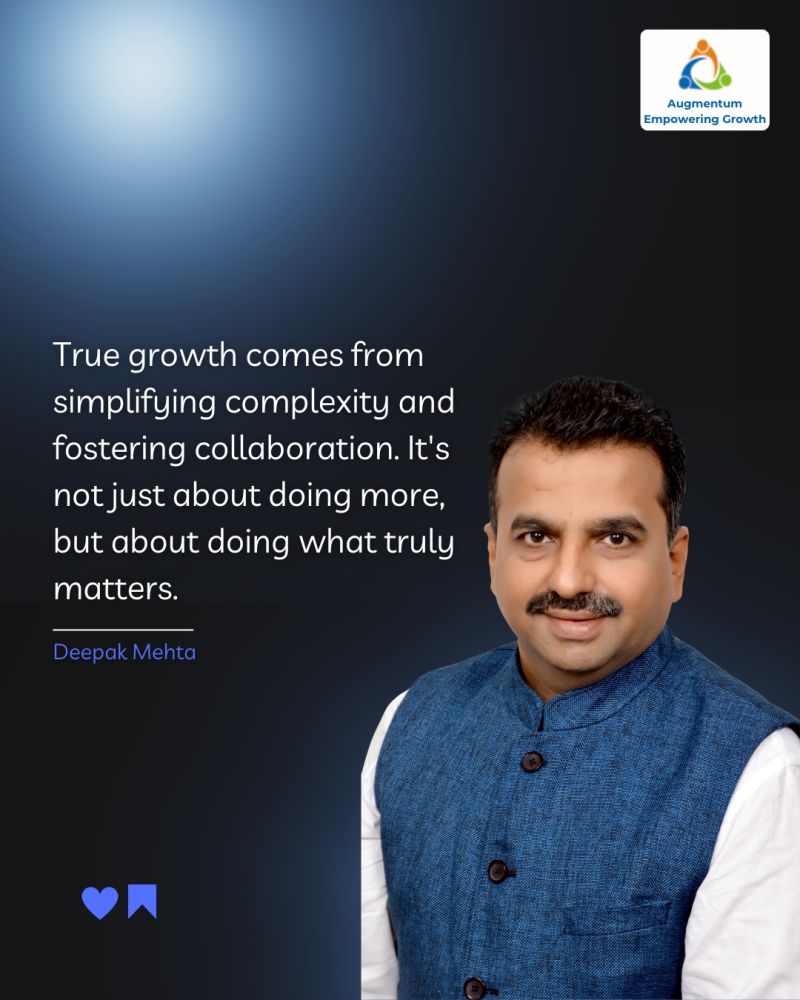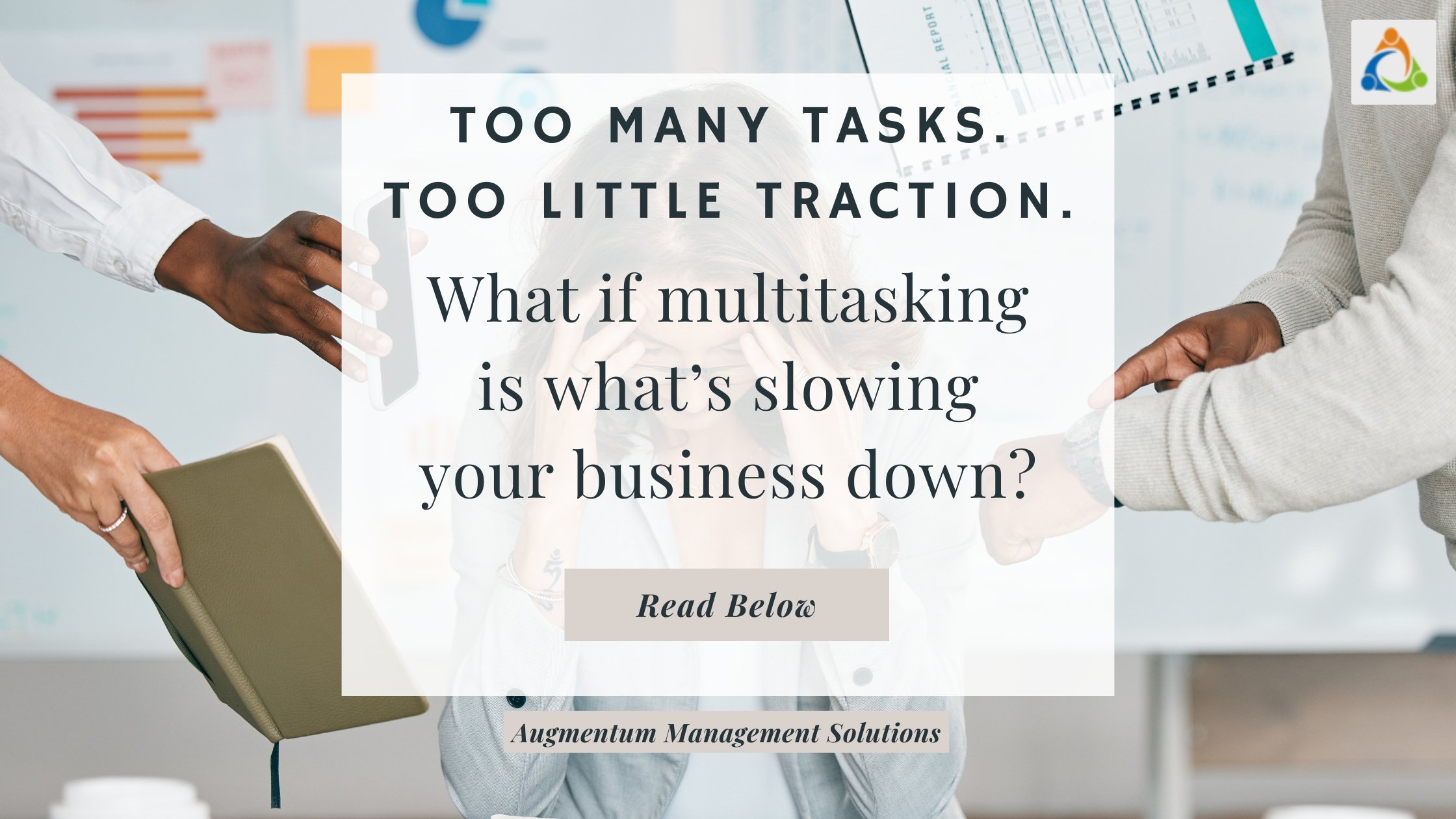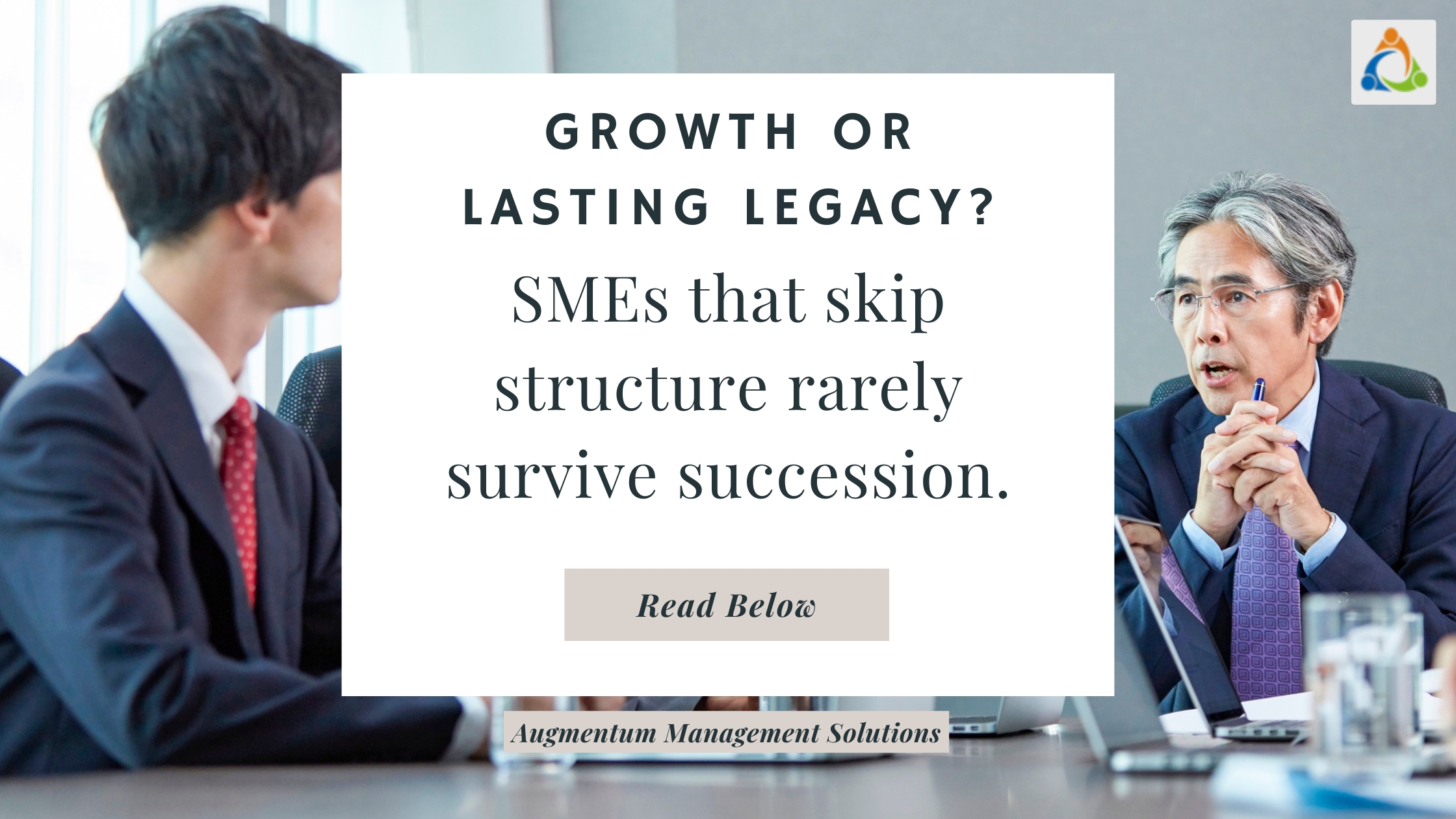In the world of small and medium-sized enterprises, speed often feels like survival. Founders and teams juggle multiple responsibilities, shifting between sales calls, customer support, operations, and planning – often in a single day. On the surface, this multitasking culture looks like resilience. In reality, it comes at a steep cost.
Research shows that multitasking reduces efficiency by up to 40%.
Tasks take longer, errors multiply, and decision-making becomes fragmented. For SMEs already running lean, this isn’t just a performance issue – it’s a structural risk that keeps organizations stuck in survival mode rather than scaling to the next level.
This is where the difference between doing more and doing what matters becomes crucial. Productivity in SMEs doesn’t come from endless multitasking; it comes from simplification, clarity, and collaboration. That shift transforms scattered effort into sustained growth.

Why Multitasking Hurts More Than It Helps
SMEs embrace multitasking because it feels like a way to keep costs low and output high. Yet, the hidden toll often outweighs the benefits.
- Burnout and fatigue: Constant context-switching leaves teams drained, lowering creativity and morale.
- Reduced efficiency: Studies show it takes an average of 23 minutes to refocus after switching tasks – wasted time that adds up fast.
- Higher error rates: When attention is split, mistakes creep in, affecting both quality and client trust.
- Stalled leadership bandwidth: Founders and senior managers remain buried in daily operations instead of focusing on strategy and growth.
The paradox is clear: what feels like productivity often blocks progress. SMEs that normalize multitasking unintentionally build bottlenecks that limit scale.
Our Owner & Director, Deepak Mehta, believes growth isn’t about adding more layers of work – it’s about stripping away the unnecessary and strengthening collaboration. His principle is simple: true progress comes not from doing more, but from focusing on what truly matters.
This mindset shapes how Augmentum helps SMEs shift from scattered multitasking to structured productivity:
1. Identify the Core Issues
The first step is diagnosis. Where exactly is multitasking slowing you down?
- Audit workloads across departments.
- Spot where repetitive tasks, unclear priorities, or role overlaps cause inefficiency.
- In family businesses, add visibility into hidden workloads caused by informal task distribution.
When SMEs map these pressure points, the “invisible costs” of multitasking suddenly become visible — and solvable.
Takeaway: Productivity begins with clarity, not activity.
2. Streamline Processes for Simplicity
Complexity often grows without notice – legacy workflows, ad-hoc approvals, and duplicated efforts. Over time, multitasking becomes a coping mechanism rather than a solution.
- Redesign processes so each task has a clear owner and outcome.
- Prioritize critical workflows and eliminate steps that don’t add value.
- Standardize where possible – one reporting format, one approval chain, one tool for collaboration.
When processes are streamlined, multitasking loses its necessity. Teams can channel their energy into outcomes instead of navigating chaos.
Takeaway: Simplified processes multiply focus and reduce friction.
3. Leverage Technology Intelligently
Technology is not about more tools – it’s about better alignment. Many SMEs adopt digital systems, but they often mirror old inefficiencies. The key is choosing technology that supports clarity and collaboration.
- Automate repetitive tasks like reporting, scheduling, or invoicing.
- Use ERP and workflow tools that centralize data and reduce double-entry.
- Ensure tools integrate, so information flows seamlessly across functions.
The right digital layer doesn’t just reduce multitasking – it builds resilience by freeing human attention for high-value work.
Takeaway: Automate what distracts; focus on what differentiates.
4. Foster Collaboration Through Communication
Multitasking thrives in silos. When teams don’t share information, individuals feel pressured to “do it all.” Collaboration dismantles this pressure by spreading ownership.
- Set clear communication rhythms – weekly huddles, shared dashboards, transparent reporting.
- Align teams on priorities, so everyone knows what matters most this quarter, not just this week.
- Encourage cross-functional problem-solving instead of passing tasks around.
This cultural shift replaces multitasking with shared responsibility. Employees feel less overwhelmed, and leadership gains confidence in execution.
Takeaway: Collaboration turns scattered effort into collective momentum.
5. Invest in Continuous Improvement
Change management isn’t a one-off event. SMEs need continuous feedback loops to ensure progress sticks.
- Create forums for employees to share pain points in real-time.
- Track process metrics like turnaround time, error rates, or workload distribution.
- Adjust systems regularly to keep them aligned with business growth.
Sustainable productivity requires commitment. The best SMEs are those that see process improvement as an ongoing discipline, not a quick fix.
Takeaway: Continuous improvement prevents backsliding into multitasking habits.
6. Strengthen Family Business Dynamics
For many SMEs, especially family-run enterprises, multitasking has an emotional dimension. Family members often step in wherever gaps exist, blurring personal and professional boundaries.
- Define roles explicitly, even within family-managed businesses (FMB’s).
- Set healthy boundaries to prevent overlapping responsibilities.
- Foster open dialogue to avoid conflicts disguised as “helping out.”
When family businesses professionalize their internal dynamics, they unlock the ability to grow without burning out their closest stakeholders.
Takeaway: Balanced dynamics keep both family harmony and business performance intact.
Multitasking may look like commitment, but in reality, it is a silent tax on SME productivity. Every distraction, every duplicated effort, every unclear role compounds into stalled growth. The true path forward isn’t working harder – it’s working smarter, with systems and collaboration at the core.
Augmentum helps SMEs build that path – from simplifying complexity to designing collaboration that sustains scale. The choice for leaders isn’t whether multitasking continues, but whether they’re ready to replace it with structured productivity.



